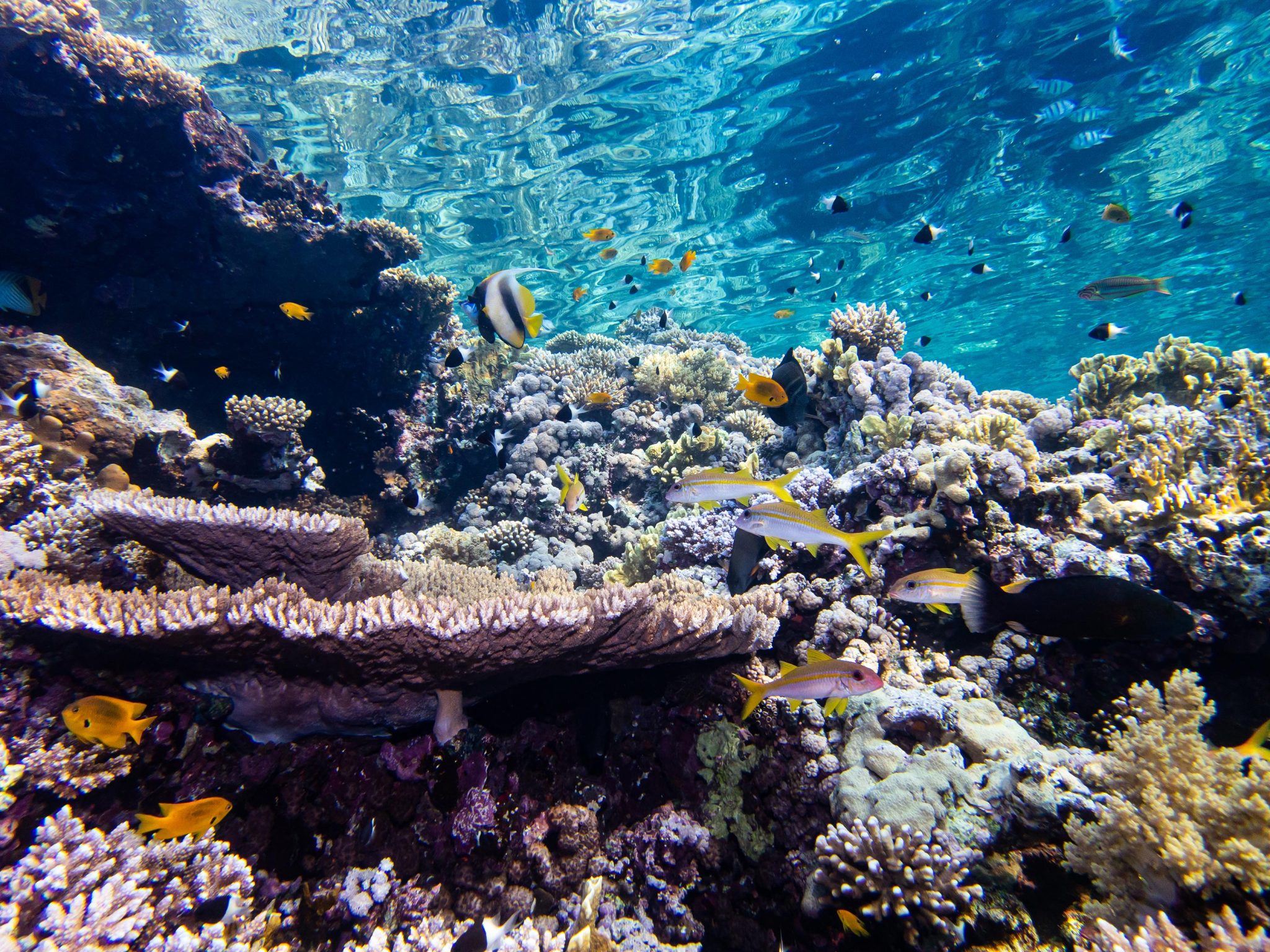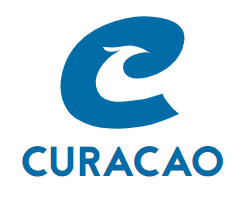
Vooral koraalriffen in de Rode Zee – zoals die in de Golf van Eilat/Aqaba – en de Perzische Golf hebben last van lichtvervuiling. Krediet: Sahaf bin Ezra
Lichtvervuiling door kuststeden zorgt ervoor dat koralen verschijnen buiten de optimale broedtijden, waardoor de kans op bevruchting van koraaleieren en nieuwe koraalgroei afneemt. Het ALICE-project ontdekte dat koralen die ‘s nachts aan kunstlicht worden blootgesteld, dichter bij de volle maan worden geboren dan koralen op onverlichte riffen. Het uitstellen van nachtelijke verlichting in kustgebieden zou deze schade kunnen helpen beperken, maar zou economische en veiligheidsproblemen kunnen veroorzaken.
Een nieuwe studie constateert dat lichtvervuiling door kuststeden koralen kan misleiden om te broeden buiten de optimale tijden waarin ze zich normaal gesproken voortplanten.
Evenementen waarbij riffen uitzetten – waarbij maancycli leiden tot het vrijgeven van eieren op bepaalde nachten van het jaar – zijn van cruciaal belang voor het behoud en herstel van koralen na massale verbleking en andere soortgelijke gebeurtenissen.
Door een combinatie van lichtvervuilingsgegevens en paai-observaties te gebruiken, konden de onderzoekers echter voor het eerst aantonen dat koralen die ‘s nachts aan kunstlicht worden blootgesteld (ALAN) één tot drie dagen paaien in de buurt van de volle maan in vergelijking met die op onverlichte koralen. .
Kweken op verschillende nachten kan de kans verkleinen dat koraaleieren bevruchten en overleven om nieuwe volwassen koralen te produceren die koralen helpen herstellen na verbleking en andere verstoringen.
Het onderzoek, vandaag (15 mei) gepubliceerd in
This enabled them to demonstrate that ALAN is possibly advancing the triggers for spawning by creating a perceived period of minimum illuminance between sunset and moonrise on nights following the full moon.
Dr. Thomas Davies, Lecturer in Marine Conservation at the University of Plymouth, is the study’s lead author and also principal investigator of the ALICE project. He said: “Corals are critical for the health of the global ocean, but are being increasingly damaged by human activity. This study shows it is not just changes in the ocean that are impacting them, but the continued development of coastal cities as we try and accommodate the growing global population. If we want to mitigate against the harm this is causing, we could perhaps look to delay the switching on of night-time lighting in coastal regions to ensure the natural dark period between sunset and moonrise that triggers spawning remains in tact. That would potentially raise a number of economic and safety issues, but is something we potentially need to consider to ensure our coral reefs are given the best chance of survival.”
Dr. Tim Smyth, Head of Science for Marine Biogeochemistry and Observations at Plymouth Marine Laboratory and the study’s senior author, added: “This study further emphasizes the importance of artificial light pollution as a stressor of coastal and marine ecosystems, with the impacts on various aspects of biodiversity only now being discovered and quantified. A critical first step along that path was enabled with our global in-water light pollution atlas which highlighted for the first time the true extent of the problem, which hitherto had gone unrecognized.”
The study looked at coastal regions all over the world, but coral reefs in the Red Sea and Persian Gulf are particularly affected by light pollution.
They are areas where coastlines have been heavily developed in recent years and where coral reefs are both close to the shore and at particular risk.
Co-author Professor Oren Levy, who heads the Laboratory for Molecular Marine Ecology at Bar-Ilan University in Israel, added: “The Red Sea and the Gulf of Eilat/Aqaba are heavily impacted by Artificial Light at Night (ALAN) due to urbanization and the proximity of the reefs to the coastline. Despite the challenges posed by ALAN, corals in the Gulf of Eilat/Aqaba are known for their thermal tolerance and ability to withstand high temperatures. However, a disturbance in the timing of coral spawning with the moon phases can result in a decline in new coral recruits and a reduction in the coral population. It is crucial that we take immediate action to reduce the impact of ALAN on these fragile marine ecosystems. By implementing measures to limit light pollution, we can protect these vital habitats and safeguard the future of the world’s oceans. It’s our responsibility to ensure that we preserve the biodiversity of our planet and maintain a healthy and sustainable environment for generations to come.”
Reference: “Global disruption of coral broadcast spawning associated with artificial light at night” 15 May 2023, Nature Communications.
DOI: 10.1038/s41467-023-38070-y






More Stories
China is van plan het Tiangong-ruimtestation uit te breiden; Stel deze in op “Space Rule” omdat het ISS wordt uitgeschakeld
De Verenigde Staten detecteren het eerste geval van de H5N1-vogelgriep bij een varken, wat aanleiding geeft tot bezorgdheid voor de mens
NASA zal in 2025 de ruimtewandelingen aan boord van het internationale ruimtestation hervatten na een lek in het ruimtepak